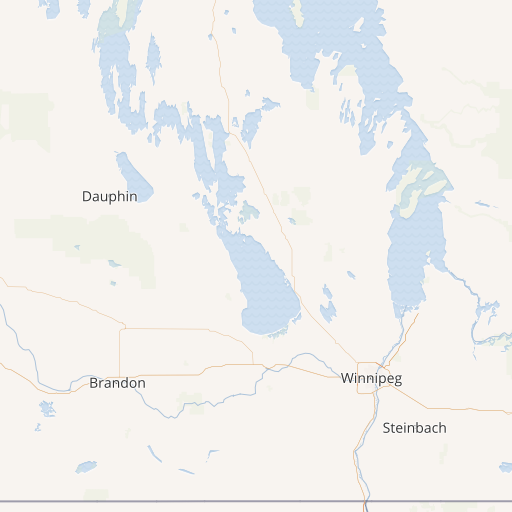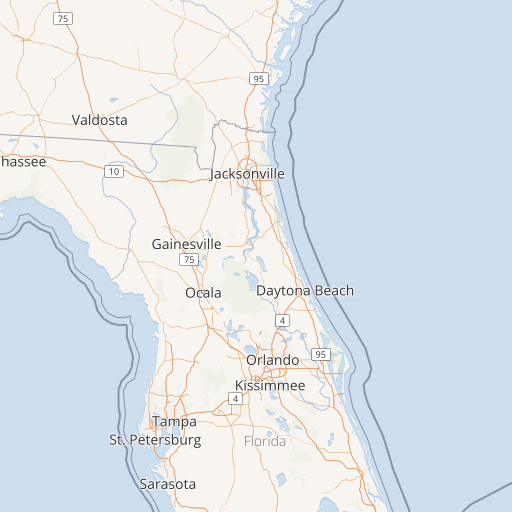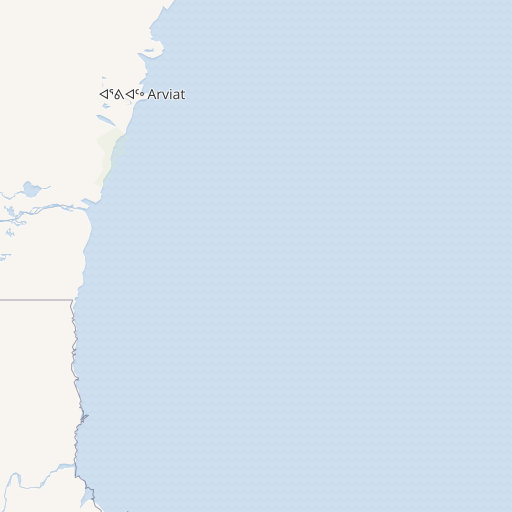About
Catocala ilia, commonly known as the Ilia Underwing Moth, is a nocturnal moth found throughout much of North America. It belongs to the family Erebidae and is recognized by its large size, with a wingspan of up to 3 inches, and its striking underwing pattern.
As with other underwing moths, the Ilia Underwing has a “flash pattern” on its hindwings that is concealed by the forewings when resting. This pattern is a bright combination of red, orange, and black, which serves as a defense mechanism against predators. When threatened, the moth will flash its hindwings as a distraction to the predator, then quickly fly away, leaving the predator confused and unable to find its target.
The upper side of the wings is brown and gray with white and brown speckling, while the underwing features the flash pattern along with a black and white outer margin. The Ilia Underwing Moth is known for its distinctive appearance and is often mistaken for a butterfly due to its bright colors and large size.
A fun fact about the Ilia Underwing Moth is that its scientific name, Catocala ilia, is derived from the Greek word “ilio,” which means “of Troy.” This is likely a reference to the mythological Trojan War and the city of Troy, as the moth’s bright colors and striking appearance could be seen as a nod to the armor and shields of ancient warriors.
Deciduous forests and woodlands, as well as suburban areas with trees.


































































































































































































































































































































































































































































































































